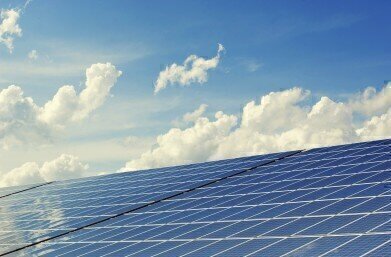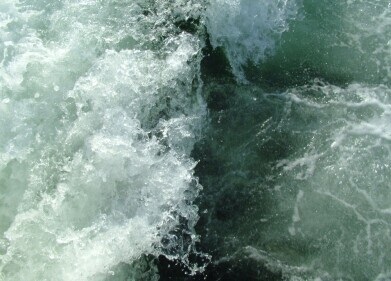Environmental Laboratory
Can Artificial Islands Generate Fuel?
Jul 18 2019
A group of scientists from all over Europe are attempting to address the massive problem of climate change through the construction of artificial floating islands. Equipped with technology that can extract carbon dioxide (CO2) from the seawater beneath them and create hydrogen (H2) from the rays of the sun above them, the islands are designed to combine both gases to produce methanol.
The project proposes the use of technology which largely already exists to address how a growing population is going to successfully wean itself away from damaging forms of energy generation. While still very much at the drawing board stage and facing a number of logistical obstacles, the idea is an exciting one which could transform the way in which we generate fuel going forwards.
The science behind the scheme
The scientists published their study in the journal Proceedings of the National Academy of Sciences, outlining their plans for the artificial island colonies and how they might work. They propose the construction of millions of these islands positioned in clusters of around 70 units to make a mini archipelago, with each island around one square kilometre in size.
Each island would consist of thermal solar panels placed atop a membrane which, thanks to its location above the waves, is capable of moving independently to face the sun and thus achieve optimum absorption of its rays. The heat captured can then be used to produce H2. Meanwhile, CO2 extraction capabilities allow the islands to absorb this gas from seawater and blend it with H2, creating methanol.
The methanol would then be stored in fuel cells in designated pick-up locations, where passing ships could pick them up and transport them to the mainland. The gas can then be used to power turbines or modified diesel engines, thus representing a carbon-zero form of energy generation.
Teething problems
While the authors are adamant that the technology required to make the system work already exists, they do acknowledge that there are still many teething problems which must be solved before it can become a viable option. These include:
- How can solar panels be modified so that they function well in marine environments?
- How can they be effectively cleaned and maintained while at sea?
- What is the relationship between density and viscosity of methanol and CO2 mixtures?
- Can desalination technology be used to extract the necessary materials from seawater?
- Can electrolysis technology be harnessed to convert these materials into H2?
- What are the ideal conditions for the deployment of islands such as these?
Clearly, there is still much work to be done before artificial islands become the answer to all our environmental problems. But the progress instigated by the team of scientists is encouraging indeed, signalling that it may be possible to provide sufficient energy generation capabilities with no carbon emissions. It is innovations like this one, and the technological developments which optimise similar biogas plant operations, which give us hope for the future.
Digital Edition
IET 34.2 March 2024
April 2024
Gas Detection - Biogas batch fermentation system for laboratory use with automatic gas analysis in real time Water/Wastewater - Upcycling sensors for sustainable nature management - Prist...
View all digital editions
Events
May 03 2024 Seoul, South Korea
May 05 2024 Seville, Spain
May 06 2024 Minneapolis, MN, USA
May 13 2024 Munich, Germany
May 15 2024 Lund, Sweden


















